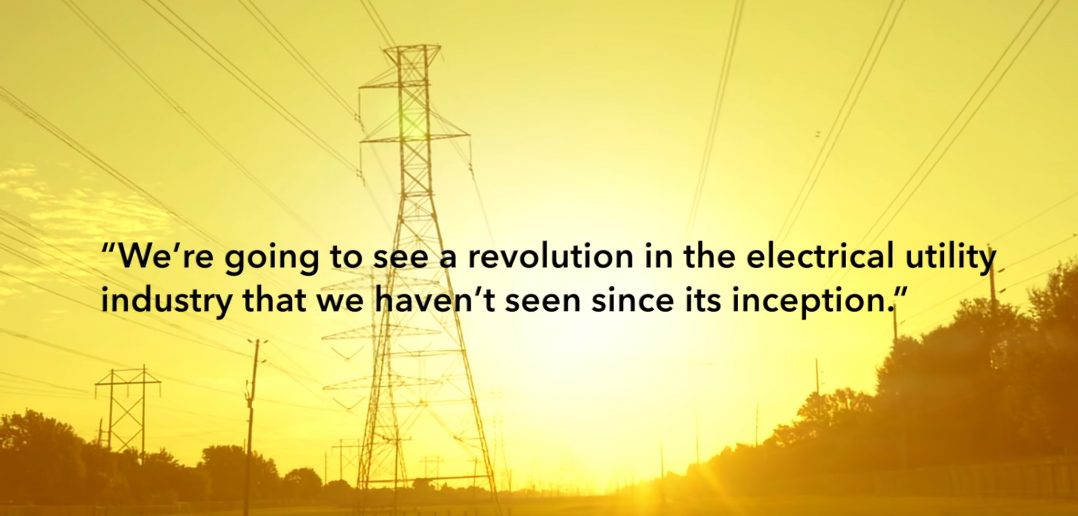The quote above is from Jason Handley, Director of Smart Grid Technology and Operations at Duke Energy. It says it all. Changing demands from customers and regulators requires utilities to think differently about every aspect of business – from what they offer to how they price and deliver it.
Utilities cannot afford to assume that it is ‘business as usual’. Now is the time to innovate, accelerate and adapt. This is especially the case in the energy markets, where companies have access to more and more data from smart grid sensors, smart meters and other devices from the Internet of Things (IoT).
Creating value directly with analytics for IoT
It is clear that analytics technologies are critical for turning the tide of streaming data from IoT into useful information and insights. But how do we analyze data as it streams nonstop from sensors and devices? How does the process differ from other common analytical methods?
In traditional analysis, data are stored and then analyzed. However, with streaming data, the models and algorithms are stored and the data pass through them for analysis. This makes it possible to identify and examine patterns of interest as the data are created – in real time. In other words, the data are processed automatically before being stored, whether in the cloud or another high-performance repository. Analytics techniques are used to decipher the data, while the devices continue to emit and receive more.
With advanced analytics techniques, data stream analytics can move beyond monitoring existing conditions and evaluating thresholds, to predicting future scenarios and examining complex questions. To make forecasts using these data streams, you need high-performance technologies to identify patterns in your data as they occur. Once a pattern is recognized, metrics embedded into the data stream drive automatic adjustments in connected systems or initiate alerts for immediate actions and better decisions.
Essentially, this means you can move beyond monitoring conditions and thresholds to assessing likely future events and planning for countless what-if scenarios.
A three-stage approach to IoT for utilities
Your business can become data-driven in three steps:
- Sense what matters, by filtering the signal from the noise. Managing streaming data is fundamentally different from managing most other types of transactional data, because much of its value is in aggregated measurements, not individual transactions. In most applications, a single event does not need to be saved. If you incorporate a proven event stream processing engine, you can use real-time data management for IoT data. This should include intelligent filtering that deciphers signals from noise so you will highlight only what is actually relevant.
- Understand the signals in data. This will enable you to mine and analyze IoT data throughout the connected ecosystem. IoT data can be combined with data from other sources that add context, and enable you to detect patterns of interest as events occur.
- Act with speed and confidence. Traditional analysis are applied to stored data, and the age of the data is therefore irrelevant. With IoT data, however, the emphasis is to identify and examine patterns of interest as the events occur, and before the data is stored, enabling real-time action to be taken as a result. The new goal is to analyze the data as close as possible to the occurrence of the event itself, before any value is lost.
You will hear more in Madrid
Would you like to hear more about seizing the potential of analytics for IoT in today’s energy environment? If so, please sign up to the 2017 Energy Forum in Madrid on 16th November where the Italian Enel, the South-African Eskom, Scottish Power and other companies will discuss their insights and experiences.


